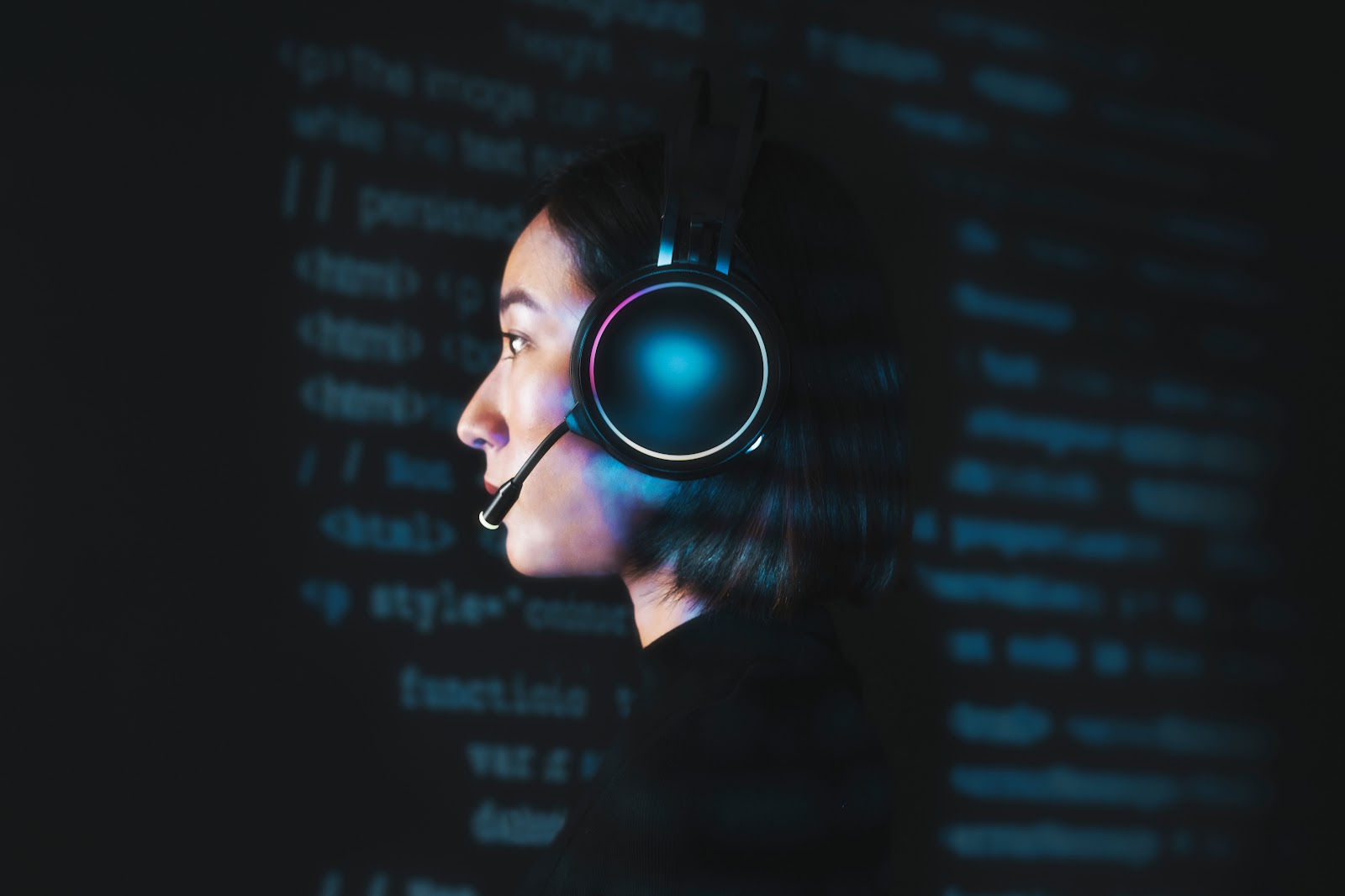Challenging the lines of language: the machine translation revolution in a connected world
History of machine translation
The history of machine translation dates back to mid 20th century when the first research and experiments began to take shape.
One of the most notable milestones was the development of the automatic translation program Georgetown-IBM in 1954 which automatically translated more than sixty sentences from Russian to English.
Although the results were limited in terms of translation quality, the Georgetown-IBM Project established the possibility of machine translation and generated significant interest in continued research and development.
During the decades from 1950 to 1970, research in machine translation focused on rule-based approaches. The systems of this time used grammar and linguistic rules predefined to translate texts. Despite efforts, these approaches turned out to be complex and faced difficulties in dealing with linguistic diversity and the complexities of natural language.
The 1980s brought with him the revolution statistics in automatic translation. Approaches were adopted based on probabilistic and statistical models, and the availability of large data sets significantly improved the accuracy of the translations. During this period, systems such as Candide and METAL They stood out for their innovative approaches.
With the arrival of internet in the 1990s, machine translation experienced an additional boost. The availability of online texts and the creation of multilingual data sets contributed to the development of more robust systems.
Modern machine translation is based on advanced technologies, being the machine learning and the artificial intelligence the fundamental pillars. Algorithms neural networks like those used in neural machine translation systems (NMT), have demonstrated an unprecedented ability to capture context and improve the quality of translations.
Leading platforms and tools
Top-of-the-line machine translation platforms and tools play a fundamental role in the revolution we are witnessing in the multilingual communication. Some of these innovative solutions have not only been references, but continue to define the user experience and the quality of translations.
Some significant examples that have proven to be leaders in this field are:
✓ Google Translate: the capacity of the search giant
Google Translate has set the standard for machine translation worldwide. With a massive database and advanced algorithms, it offers accurate translations in a wide range of languages. Its intuitive interface and ability to translate not only text, but also images and voice position it as an integral tool for daily translation needs.
✓ Microsoft Translator– Full integration with productivity
Microsoft Translator stands out for its deep integration with other productivity tools from Microsoft. Offers real-time translation in applications such as Word, PowerPoint and Outlook. Its ability to translate entire documents consistently has been a strong point for those looking for a solution integrated into their daily workflow.
✓ DeepL: powered by artificial intelligence
DeepL has gained recognition for its approach based on artificial intelligence and deep learning. When using neural networks, achieves translations with remarkable fluidity and naturalness. Its performance, especially in European languages, has been acclaimed and has gained a strong user base.
✓ SYSTRAN: continuous innovation in machine translation
SYSTRAN, with a history dating back to the early days of machine translation, has continued to evolve over time. Its solutions range from basic machine translation to enterprise Solutions more complex. The ability to adapt to changing market needs has allowed it to remain a reliable option.
✓ Matecat: focused on the collaboration of translators
Matecat stands out for its focus on collaboration between translators. It offers a platform that facilitates teamwork, allowing several translators to collaborate on the same project. Its focus on efficiency and quality has gained popularity among translation professionals.
✓ SDL Language Cloud: scalable business solutions
SDL Language Cloud is oriented to enterprise Solutions offering automatic translation services and large-scale multilingual content management. Its scalable, enterprise-oriented approach makes it a preferred choice for organizations with complex translation needs.
Impact on business communication
In the business field, machine translation has transformed the international communication. Multinational companies can communicate efficiently with customers, partners and employees around the world, eliminating language barriers and facilitating global expansion. Examples like that of Airbnb which uses machine translation to improve communication between hosts and guests of different nationalities, highlight the usefulness of these technologies in the business environment.
Integration into social and messaging platforms
The integration of automatic translation into social platforms and messaging apps has taken global communication to new levels. Facebook, for example, uses machine translation technologies to allow users of different languages to interact seamlessly. Messaging apps like WhatsApp They incorporate real-time automatic translation functions, making conversation between speakers of different languages more accessible.
Development of voice-to-speech technologies
The automatic voice-to-speech translation It’s another exciting frontier. Google Duplex for example, is able to make telephone calls and maintain real-time conversations in multiple languages, imitating with astonishing precision the intonation and rhythm of human speech. This technology has potential applications not only in everyday communication, but also in simultaneous interpretation during international events and multilingual meetings.
In conclusion, we can say that the machine translation revolution has allowed a communication without borders, connecting people from different parts of the world in ways previously unimaginable. As these technologies evolve, we are on the threshold of a world where linguistic diversity It will no longer be an obstacle, but a bridge that unites the global community.
However, despite notable progress, machine translation faces challenges continuous. Polysemy, where a word has multiple meanings, remains an obstacle. Likewise, translating from specific cultural contexts is a complex task that requires a deeper understanding of linguistic subtleties. Although these limitations exist, the developers continue to work to overcome them.

